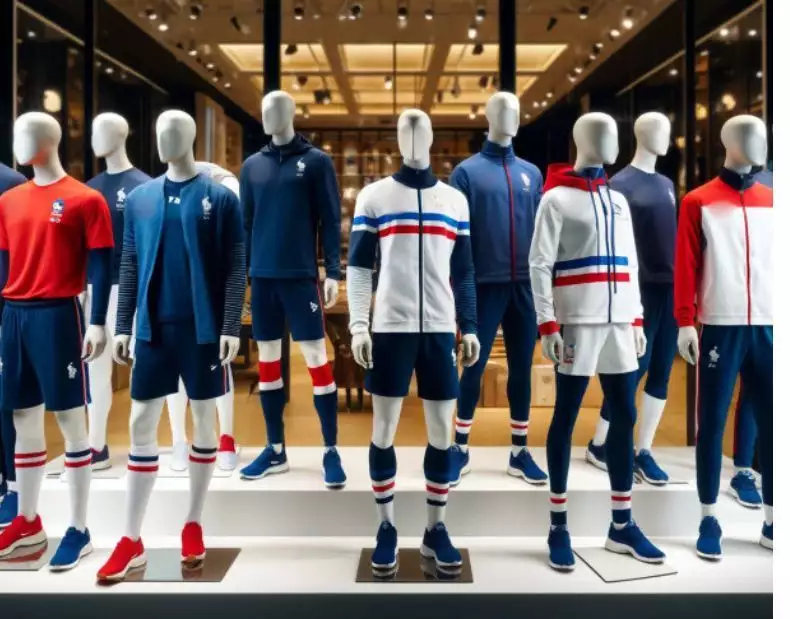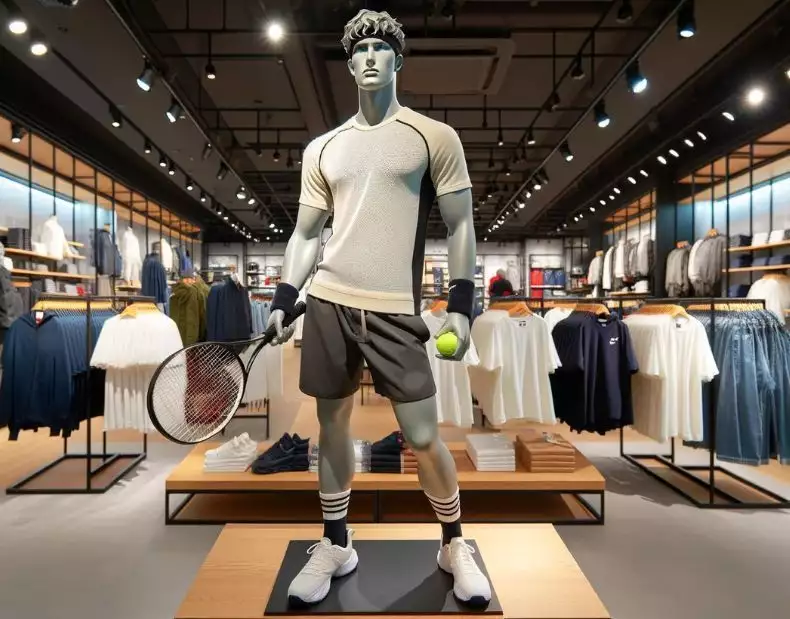Sports Mannequins
In a world where customer experience has become paramount, sports shops are constantly looking for ways to improve customer engagement and satisfaction. One emerging and effective trend to achieve this is the use of sports mannequins in retail spaces.
The sports mannequins aren’t just racks for clothes; they tell a story. By adopting dynamic and realistic poses, they allow customers to visualise the products in action. Whether showcasing running gear, fitness equipment or high-performance sportswear, these mannequins offer a vivid and inspiring perspective.
The importance of mannequins for dynamic presentations
The visual impact of sports mannequins is undeniable. Strategically placed in your shop, they immediately attract attention and create captivating focal points. Their ability to portray real-life sporting situations makes it easier for customers to project themselves, increasing their desire to buy.
In addition to their presentation function, sports mannequins help to create an immersive atmosphere in your shop. Combined with décor elements such as sports accessories, inspirational images and interactive test zones, they transform the sales area into a real destination for sports fans.
Strengthen Your Brand and Sales
Using sports models goes beyond aesthetics; it also strengthens your brand. By showing your products in realistic and attractive settings, you demonstrate their functionality and quality. This helps to build trust and customer loyalty.
Sport mannequins allow you to tell your brand’s story in a visually compelling way. For example, by using mannequins representing famous athletes or local teams, you can create an emotional connection with your customers. What’s more, by regularly changing the mannequins’ outfits and accessories, you can keep customers interested and encourage them to come back to see what’s new.
An Evolution in Visual Merchandising
The visual merchandising has evolved to become a strategic tool in retail. The sports mannequins are no longer simply static elements; they have become interactive and integrated into narrative scenarios that captivate customers.
For example, mannequins can be arranged to represent a tennis team in action. Imagine one mannequin brandishing a racket, ready to hit a ball, or another in a receiving posture, waiting for the serve. These dynamic scenarios help customers identify with the products and visualise their own use, stimulating their desire to buy.







